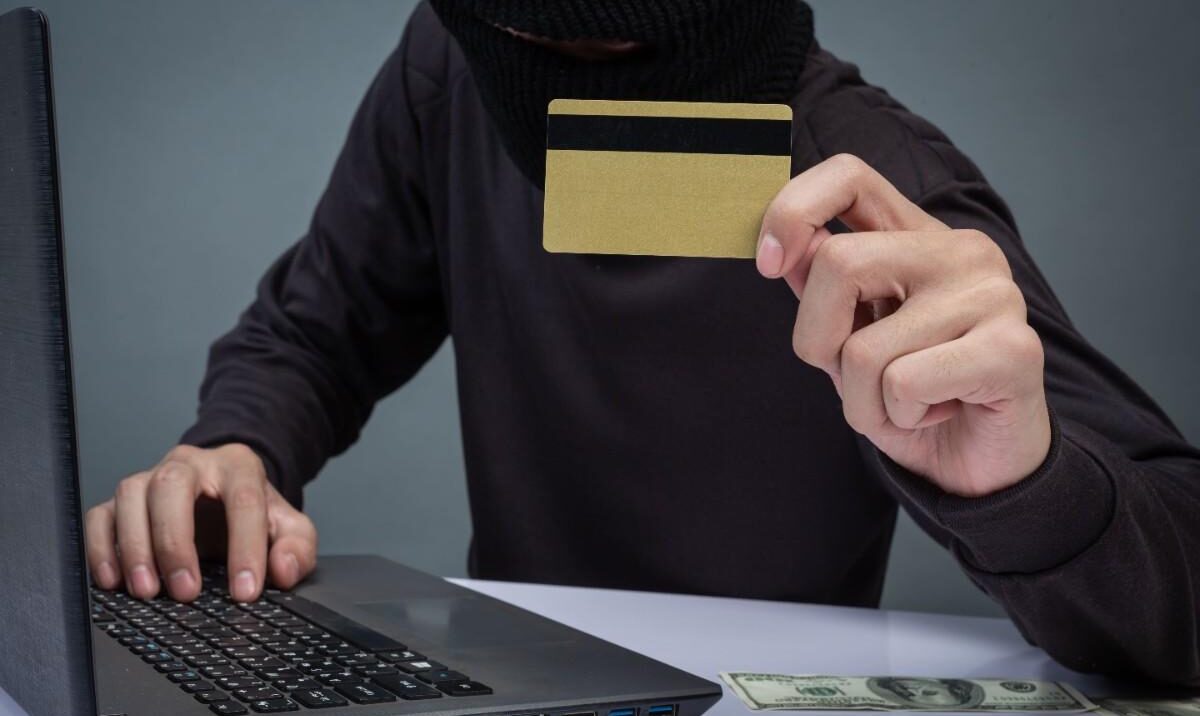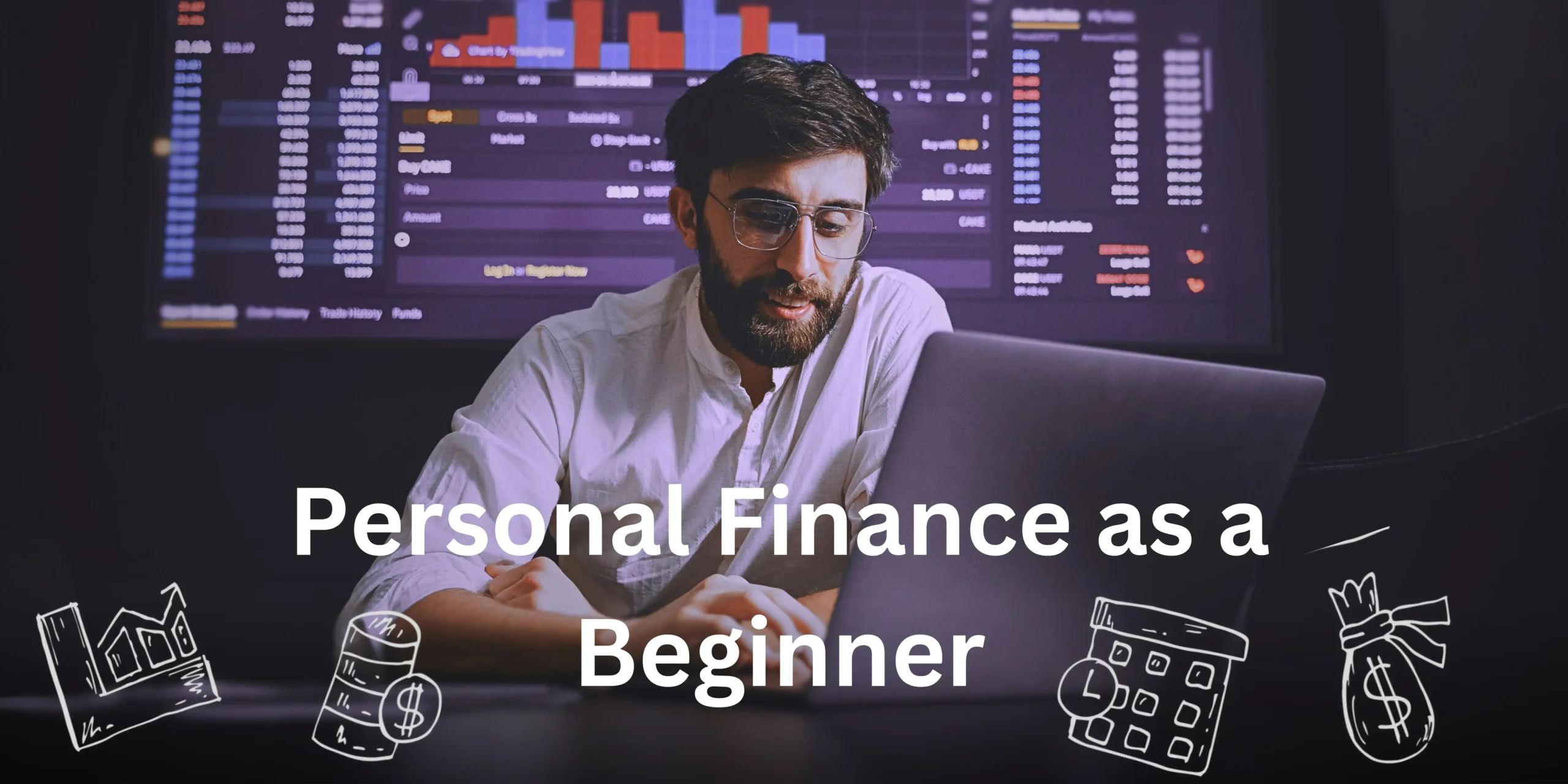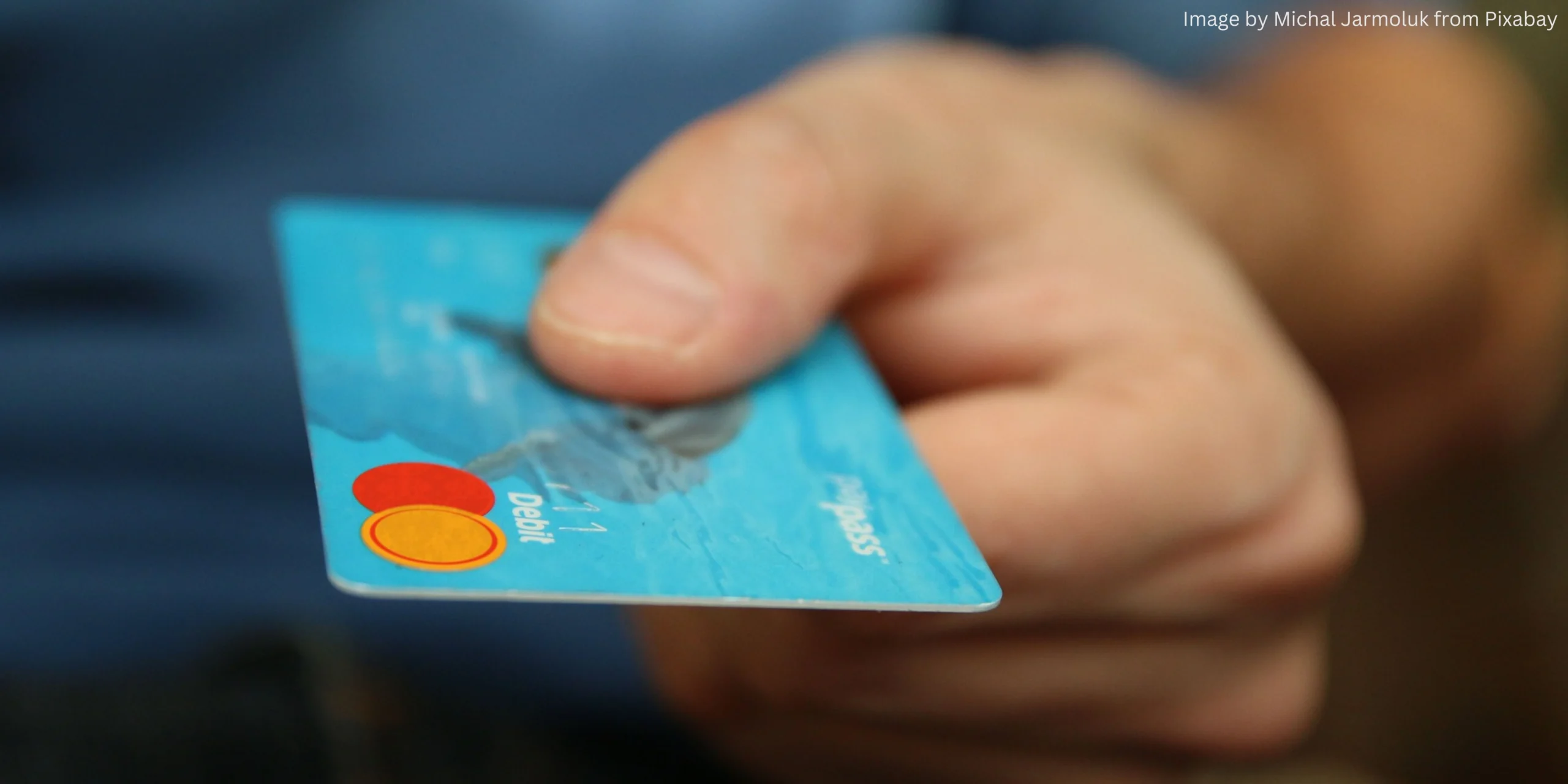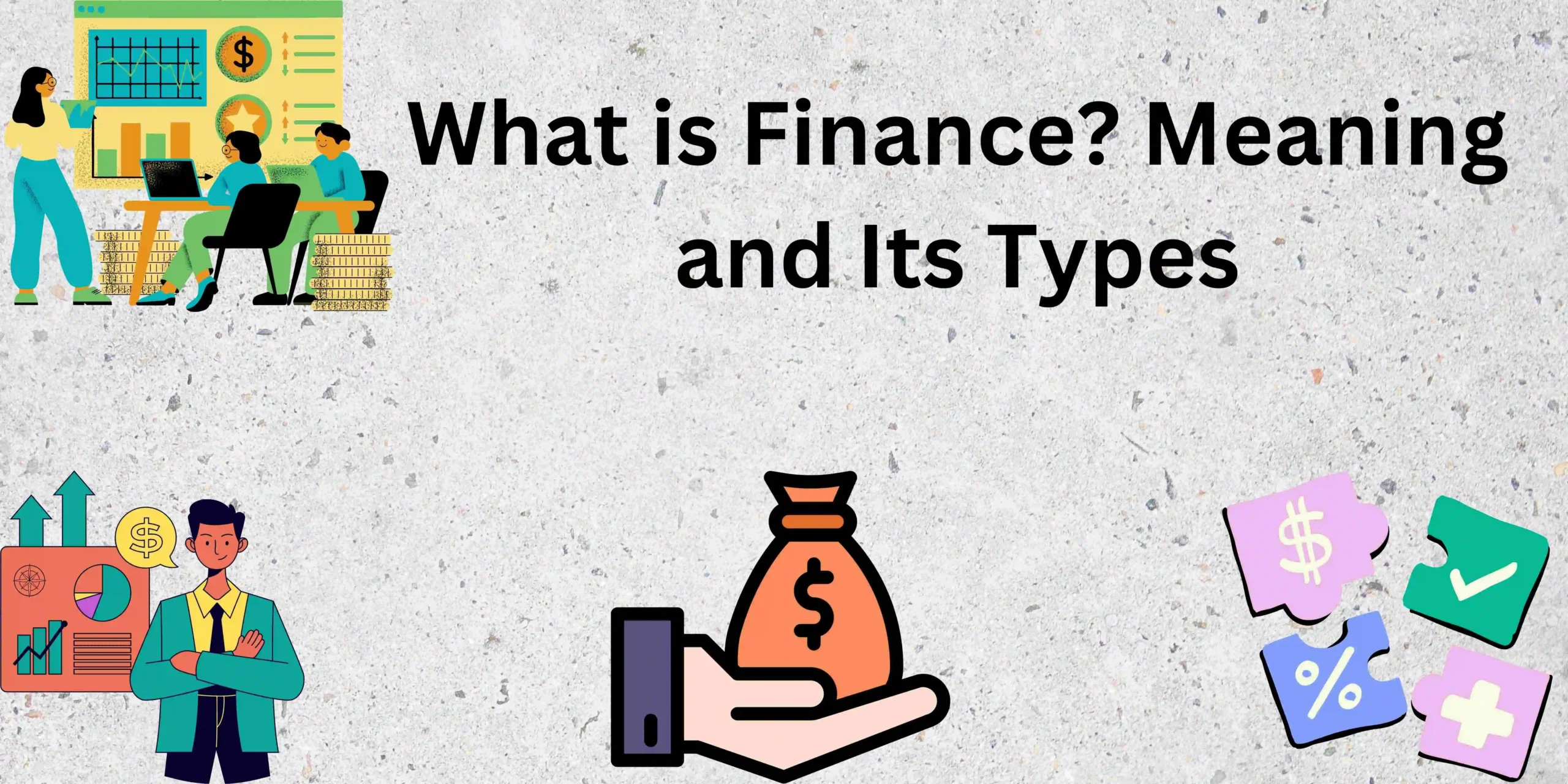AI Fraud Detection: How Your Credit Card Company Knows You’re Being Scammed
Every time you swipe your credit card, smart programs work in the background to protect your money. Credit card fraud costs billions every year, but AI has become a key defense. By looking at spending habits, locations and device details, AI systems catch scams before they empty accounts. This article explains how these systems find threats in real time and why your card provider might block a transaction that seems okay to you. Let’s check out the hidden guard around your wallet.

AI Fraud Detection in Credit Card Security
AI fraud detection uses machine learning and behavior analysis to watch transactions closely. These systems go through millions of data points to tell the difference between valid purchases and risky actions. By comparing today’s transactions with past spending patterns, AI spots odd events such as unexpected high-cost purchases or mismatched locations. This method makes sure that even minor unusual patterns get noticed and checked for safety.
For instance, if you’re used to spending $50 each week at a local grocery store, a $1,000 charge at an overseas electronics shop would set off an alert. These tools also change over time as they learn from new fraud tricks to follow scammers. As cybersecurity expert Dr. Lisa Park says, “AI doesn’t just react to fraud it predicts it by understanding your financial DNA.”
Machine Learning and Real-Time Fraud Detection
Machine learning (ML) drives the quick analysis needed to catch fraud as it happens. ML models learn from huge datasets of past transactions and spot patterns that people might miss. Their ability to quickly learn and adjust to changing trends plays a key role in stopping fraud. This process helps flag suspicious transactions fast and prevent potential losses while building trust with customers.
Identifying Patterns of Fraudulent Activity
Two main methods support this detection mechanism. One method uses marked data to sort transactions as fraud or valid. The other spots odd behavior in data without prior labels. These strategies work together to keep the system effective even when criminals change their tactics and try out new tricks.
Supervised Learning
Unsupervised Learning
Uses marked data to sort transactions as fraud or valid
Spot odd cases by grouping unusual data
Works well for common scams like stolen card purchases
Finds new risks such as fake identity fraud
Supervised learning proves strong at spotting common warning signs while unsupervised methods catch new types of fraud. Together they create a strong defense that adjusts as criminals change their methods and try out different tricks.
Key Indicators Used by Credit Card Companies
Banks and card companies count on clear signals to measure fraud risk. They check whether your transactions match normal behavior and if they’re coming from familiar devices and locations.
- Transaction frequency – Several quick purchases or cash withdrawals
Transaction frequency
- Geolocation mismatches – Charges in faraway cities or countries
Geolocation mismatches
- Merchant categories – Sectors seen as high risk such as cryptocurrency exchanges
Merchant categories
- Device changes – Logins from smartphones or computers they don’t recognize
Device changes
A quick $500 gas station charge at 3 a.m. from a foreign IP address would be seen as high risk based on these signals and likely trigger swift action. This unusual activity stands out because it doesn’t match the typical behavior seen on the account. Banks might place a hold on the transaction or call to verify details due to the abnormal time and location of the purchase. They take such alerts seriously to keep your account safe.
Behavioral Analysis in Fraud Detection
AI creates a “spending fingerprint” for each user, tracking habits like usual purchase amounts and favorite stores. It gathers details from every transaction so that a clear picture of each person’s spending behavior is built over time and used to verify regular activity.
Identifying Unusual Transactions and Anomalies
Behavior models flag deviations like
- A senior who doesn’t like tech buying NFTs
- A vegetarian who often eats at steakhouses
- Regular small donations followed by a $5,000 charity charge
These examples show cases that stray from normal spending patterns and indicate a need for closer review.
These irregularities don’t always mean fraud but they do call for verification. Checking these cases helps ensure any mistakes or potential misuse are caught early and handled properly while keeping the system safe and trustworthy.
Role of Geolocation and Device Recognition
Location details and device fingerprints add important context. For instance, if your phone is in New York while a transaction happens in Tokyo, the AI sees that as an impossible scenario. In a similar way, a hacker using a disposable prepaid phone wouldn’t match your normal device’s MAC address or browser settings. This mismatch is a strong sign that something is off and warrants further review.
Geofencing tools can prevent transactions from risky areas altogether. Meanwhile, device recognition is able to spot “loaner” gadgets that are frequently used in scams. These tools add an extra layer of security by immediately halting suspicious activity from regions known for high fraud. Such measures help protect your account by ensuring only trusted devices and locations are allowed access. This approach benefits users by reducing the chance of unauthorized transactions.
Multi-Factor Authentication and Biometric Verification
Passwords by themselves can’t stop persistent crooks from breaking in because they often rely on guessing common words and patterns. That’s why multi-factor authentication (MFA) adds extra layers of security such as temporary codes, fingerprint scans or other forms of identity check, making it much tougher for anyone trying to gain unauthorized access to your sensitive accounts. These measures work effectively.
Effectiveness Against AI-Driven Scams
AI Fraud Detection through Biometrics such as facial recognition and voice patterns are trickier to fake than passwords. Still, deepfake tech brings about new challenges that attackers can exploit. Today many better systems use “liveness detection” to tell real users apart from recordings. These extra challenges require systems to stay updated with the latest tech to tell apart human input from synthetic media. Even with these hurdles using verification methods like “liveness detection” is a helpful approach to maintaining security.
While no system is perfect, using MFA together with checks on user behavior builds extra layers of protection. A 2023 study showed that banks that used biometric methods experienced a 72% decrease in account takeovers compared to banks that stuck with just passwords. This clearly indicates that adding extra measures can play a key role in keeping accounts safe from intruders.
Common Consumer Mistakes to Avoid
You can boost AI’s protection by avoiding these mistakes:
- Using the same password on multiple accounts
- Turning off payment alerts
- Keeping your card data on unsafe websites
- Skipping updates on payment devices
- Lending cards to people you don’t trust
Checking statements regularly and setting spending limits also helps AI tell the difference between your real activity and fraud.
Improving Accuracy and Minimizing False Positives in AI Systems
Early fraud detection tools often blocked real purchases which annoyed users. Modern AI cuts false alarms with the following methods
- Continuous learning – updating models with corrected choices
- Risk-based thresholds – only flagging fraud with high chances
- User feedback loops – letting customers confirm valid transactions These improved methods help both businesses and customers have a smoother transaction experience by avoiding needless blocks. It results in better overall satisfaction.
For example, if you tell your bank about an upcoming international trip, AI changes its location rules accordingly. This notification helps the system adapt quickly to your travel pattern and prevents your valid transactions from being blocked, ensuring smoother banking experiences during your journey. By doing this your bank can better guarantee that all your secure purchases and transactions go through without hassle.
Also Read:
15 Proven Strategies for Cheaper Car Insurance
AI Fraud Detection: Conclusion
AI fraud detection uses machine learning, behavioral insights and live data to protect your money. While no system’s flawless these tools stop billions in scams each year. Keep yourself safe by turning on MFA, checking your accounts and notifying your card provider about any unusual plans. As fraud methods change the AI guarding your transactions will improve, making each swipe safer than before.







